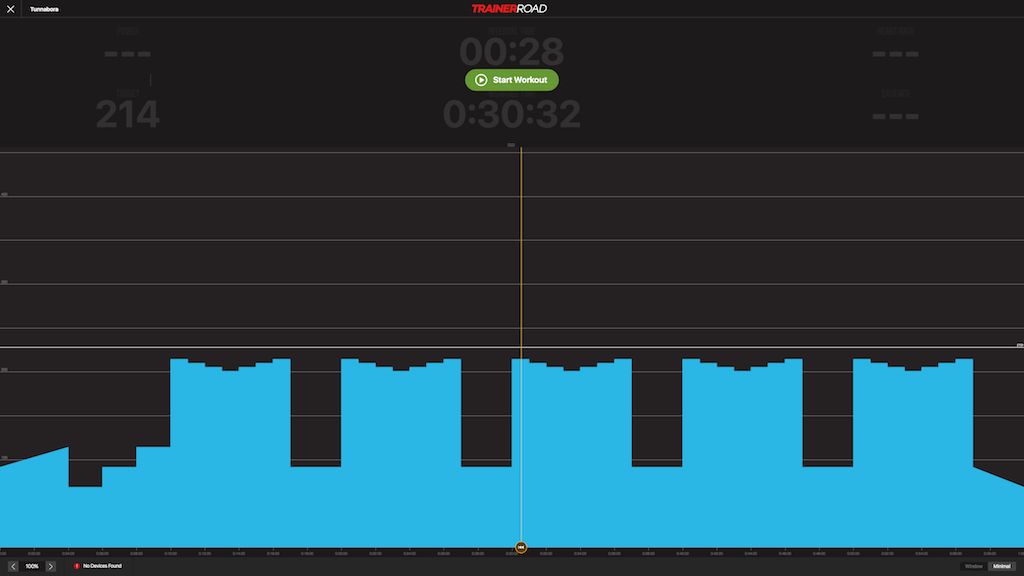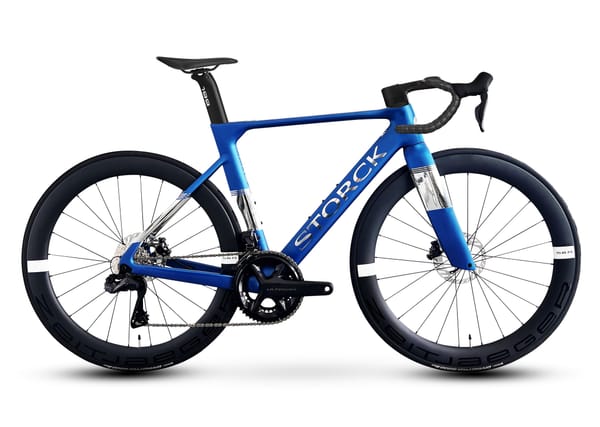The Unstructured Advantage: Smart Training Minus the Strict Intervals
Tired of endless interval sessions? Discover effective ways to build cycling fitness and speed without rigid structures, leveraging data, feel, and smarter riding.

Let's be honest. For many cyclists, the interval session is sacrosanct. It’s the bedrock of structured training, the carefully measured dose of pain promising predictable gains. Ask many riders (or coaches), and they'll tell you intervals are the way. Miss them? Blasphemy!
And look, they're not wrong... entirely. Intervals are brutally efficient. Got 60-90 minutes? A well-designed interval workout can pack a physiological wallop that hours of noodling simply can't match. They allow us to laser-focus on specific energy systems – boosting that threshold power, sharpening sprint speed, or extending time-to-exhaustion. They are, undeniably, a powerful tool in the cyclist's arsenal, especially for the time-crunched among us.
But... must we always live by the beep? Is the only path to cycling nirvana paved with precisely timed, power-targeted efforts followed by equally precise recovery periods?
Maybe not.
What if I told you that you could still get faster, build resilience, and prepare effectively for your goals, sometimes even better, by occasionally ditching the rigid structure? Cue the gasps from the spreadsheet devotees.
The Allure (and Pitfalls) of "Riding on Vibes"
There’s a certain romance to just getting on your bike and riding how you feel. "Slaying the day," "shredding 'til you're dead" – call it what you will. Sometimes, it’s exactly what the mind and body need. A break from the numbers, the targets, the shoulds.
The problem? Pure vibing, while occasionally glorious, is a terrible long-term strategy if consistent improvement is the goal. Get fit? Sure, maybe. Know why you got fit? Probably not. Replicate it for your goal event? Good luck. More often, unbridled enthusiasm leads to inadvertently riding too hard, too often, digging a hole of fatigue that’s hard to climb out of. Rest days become an afterthought, usually taken only after the body waves the white flag.
Training Effectively, Sans Strict Intervals
So, if not rigid intervals and not just aimless riding, what's the middle ground? It involves being intentional, using different focal points, and yes, still paying attention to data – just perhaps, viewing it through a different lens. It's about finding the art within the science.
Here are a few ways to train effectively without resorting to traditional interval structures:
- The Unstructured Hard Day (Hill Focus): Forget 5x5 minutes at X watts. Pick a route with plenty of climbs. The instruction? Go hard on the climbs – think a perceived effort of 8 or 9 out of 10 (that gut-level feeling where conversation is impossible). Recover sufficiently on the descents, ride steady endurance on the flats. Simple, right? Not easy, but simple. You’re accumulating quality time at intensity without obsessing over the clock for every single effort.
- The Work Rate Challenge (Kilojoule Focus): Kilojoules (kJ) are a pure measure of the work you've done, straight from your power meter. Unlike heart rate or even power zones, a kJ today is a kJ tomorrow (assuming a calibrated power meter). This metric is gold for understanding the demands of long, grinding events – think gravel epics or mountainous sportives. Instead of intervals, focus on sustaining a high rate of work (kJ per hour). Look back at your hardest rides or races. What was the kJ/hr? Now, try replicating that rate for several hours in training. This builds incredible durability and muscular endurance in a way that stop-start intervals often miss. It forces your body to sustain effort, manage fatigue, and keep churning – crucial for long-distance performance. Pro Tip: Display kJ and kJ/hr on your head unit for real-time feedback.
- Playing the Normalized Power (NP) Game: This is where things get spicy. The goal? Keep your Normalized Power as high as possible for the entire ride, or for significant chunks of it. Unlike the steadier kJ/hr focus, this embraces variability. Tempo on the flats, threshold or harder up climbs, attacking over the top, maybe even pedaling through descents. It’s about minimizing coasting and keeping the pressure on. This is fantastic race simulation, teaching your body (and mind) to handle sustained intensity and unpredictable surges, breaking free from the "recover after every effort" interval mindset. Display NP on your head unit and try to keep that number climbing.
- Leveraging the Pack (Strategic Group Rides): Group rides are perhaps the easiest way to get intensity without thinking about intervals. Important caveat: Please, for the love of all that is holy, DO NOT do your structured intervals during a group ride. That's not the point and makes you 'that person'. Instead, use the group dynamic strategically based on your goals:
- Building Aerobic Base/Durability: Spend more time near the front, taking longer pulls, keeping the effort steady and high (more kJ!).
- Working on Attacks/Anaerobic Power: Sit in, then launch hard, sustained attacks. Try to make them stick. Deal with the searing pain that follows.
- Sharpening Sprint/Positioning: Conserve energy. Sit in the wheels like a cunning fox, then unleash fury in the town sign sprint or fight for position on key climbs.
- Embracing the Epic (The Long Ride): For many, the long weekend ride is the cornerstone of their cycling life. If you have the time, stacking long rides (say, 4-6 hours Saturday, 3-4 hours Sunday) is a phenomenal way to build a deep aerobic base and fatigue resistance. No complex intervals needed – just consistent, quality hours. The key? Serious recovery during the week. If you go big on the weekend, the weekdays need to be genuinely easy or off to absorb the work and be fresh for the next big block.
The Catch: Management Remains Crucial
Ditching the rigid interval structure doesn't mean ditching awareness. If anything, you need to be more attuned to your body and your data.
- Monitor Your Training Load: Keep an eye on your Performance Management Chart (PMC) in tools like TrainingPeaks. Are you building fitness (CTL rising) appropriately? Are you managing fatigue (ATL and TSB)? Understanding your ramp rate and freshness (TSB) helps prevent overcooking it when the guardrails of interval structure are removed.
- Track Performance: Are you actually getting faster? Look at your Mean Max Power (MMP) curve. Are your peak powers for various durations (5 sec, 1 min, 5 min, 20 min, 60 min) trending upwards over time? This is the ultimate proof your training is working, structured or not.
- Listen to Your Body (The "Real Feel"): How do you actually feel? Not how you think you should feel. Check in daily: energy levels, mood, motivation, muscle soreness. What’s the "real feel" today? If it's low, maybe that "savage" NP ride isn't the smartest choice, even if it was vaguely penciled in.
- Don't Forget Rest: Without the built-in easy/off days often accompanying interval plans, it's easy to let rest slide. Schedule proper, zero-activity rest days. They are golden. Aim for at least one per week, maybe more depending on your load.
Finding Your Balance
Intervals are a fantastic tool. But they are just one tool. Exploring these other methods can add variety, target different aspects of fitness (like raw durability), improve racecraft, and frankly, just make riding your bike more fun and engaging sometimes.
The art of effective training lies in knowing which tools to use and when, blending the objective insights from your data with the subjective wisdom of your own body. So go ahead, try leaving the stopwatch behind occasionally. You might be surprised at the results. Just remember to keep your head in the game, even when you're "just" riding.





